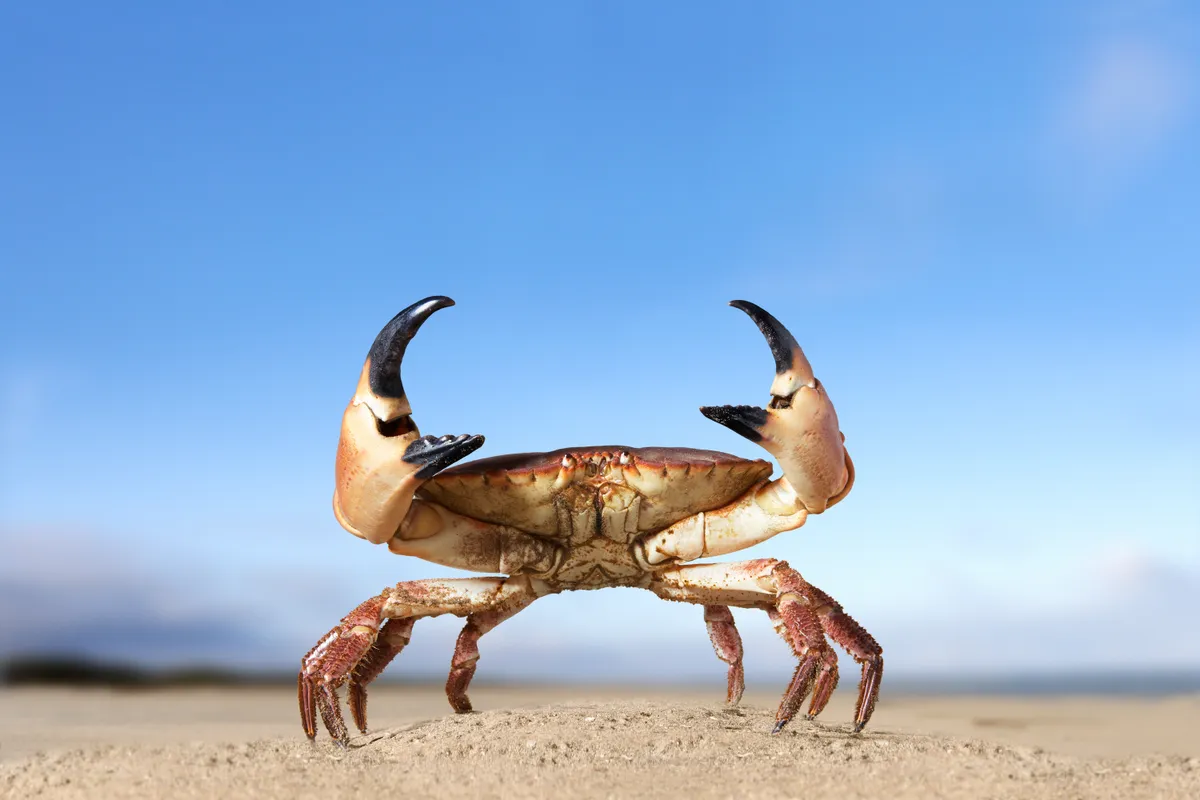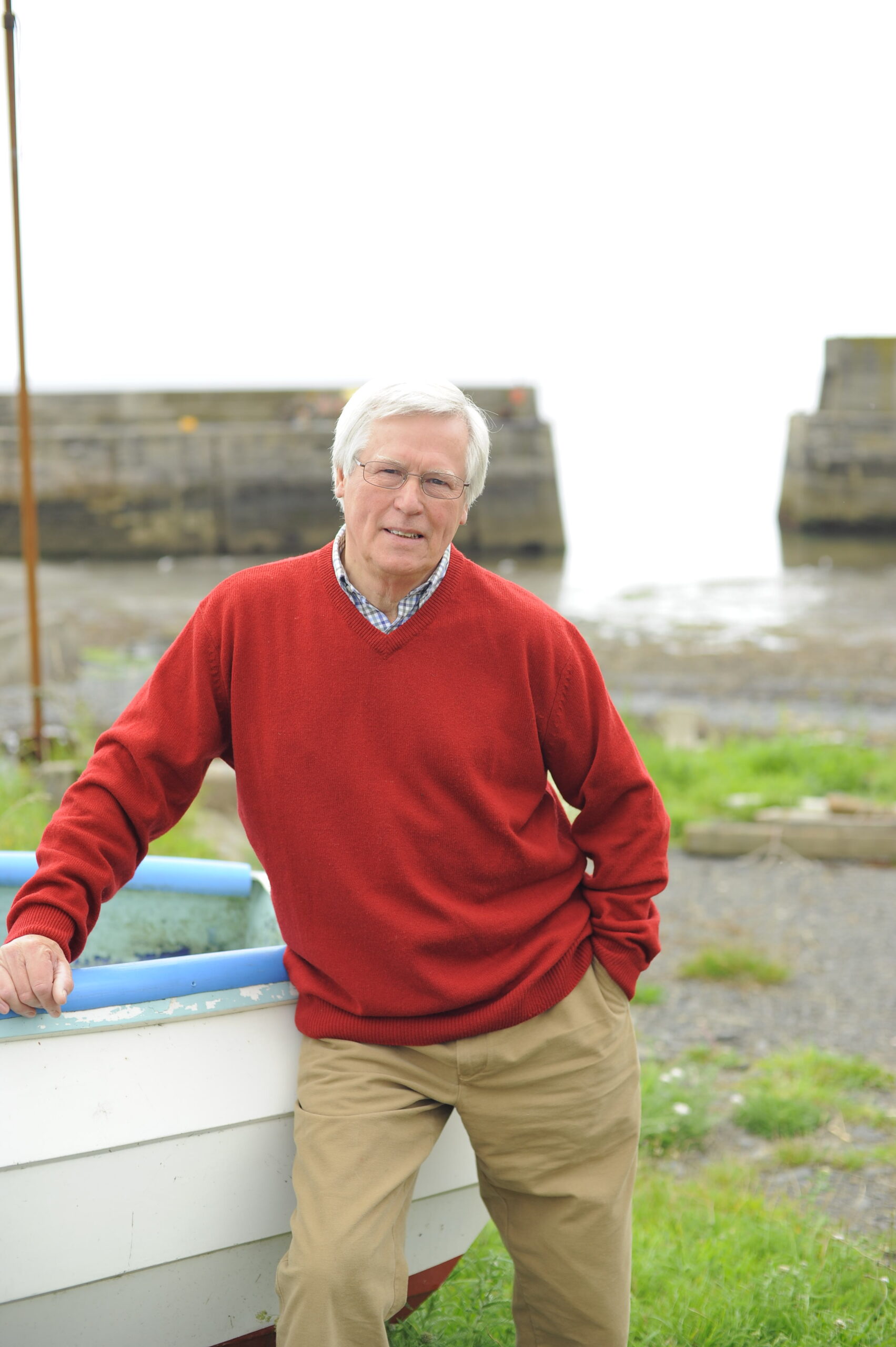What have lobsters, crabs and other crustaceans got to do with protecting crops in the fields from attack? The answer, believe it or not, is a type of sugar called chitosan, which is the principal component of their shells; scientists have discovered that it can actually help plants defend themselves against marauding insects.
It is part of a growing trend, known as biomimicry, in which biological methods that nature has developed over the ages are borrowed and adapted to solve modern-day problems. This urgent need to find natural ways forward was highlighted by the recent Europe-wide ban on three forms of the world’s top chemical insecticide, neonicotinoid, because of their harmful effect on bees. Now, UK farmers and growers are left with few approved chemical options to control some pests.
“Biomimicry in all its forms has a role in conventional and organic farming and some promising solutions are emerging,” says Dr Belinda Clarke, director of Agri-Tech East, an organisation that brings together farmers, researchers and scientists, and which held a ‘think tank’ on the subject earlier this year. “The take-home message was that there won’t be like-for-like natural replacements lurking in the Amazon for neonicotinoids and other chemicals, but nature can inspire the creation of synthetic versions.

Chitosan is readily available because shells are a waste product, but rarer, higher value materials can be mimicked artificially. Chitosan is what’s termed a defence elicitor; basically it makes a plant think it needs to be super-ready in case pests or diseases come along. The question remains, though, as to how it can be applied most efficiently to crops.”
One of the think-tank speakers, agronomist Dr Ed Moorhouse, said many plants and microorganisms produce natural chemicals that deter pests and/or limit their ability to find them. “A good example is an ingredient found in garlic that repels cabbage stem flea beetle, a major pest in oilseed rape,” he said.
The firm he works for has developed treatments that boost beneficial microorganisms around roots, which then make plants more resilient.
Scientists say it’s hard to put a time frame on how quickly new natural products will be in routine use in agriculture as they have to be rigorously tested and must not alter the genetic make-up of plants, affect worms or insects, or be carcinogenic.
“We will see them increasingly integrated with conventional crop protection and, as some of those are withdrawn from the market, the natural ones are going to take greater prominence,” Dr Clarke told me. “There’s not a consumer, grower or agronomist who doesn’t want to see less chemistry on the land but we’re all used to perfect-looking food that’s had that level of protection. New varieties of crops may be needed to replace ones that rely on chemicals,” Dr Clarke adds. “But bearing in mind the massive wins, it’s the right direction for the industry to be going and consumer awareness and demand is driving it – quite rightly so.”
What is biomimicry and why is it so important?
Biomimicry, also known as Biomimetrics, is a method of imitating nature for the purppose of solving complex modern-day problems.
It is regarded as important as it could provide a solution to human problems such as food production, climate change, energy and more.
Other examples of biomimicry
• Noses of Japan’s bullet trains are based on the aerodynamic shape of a kingfisher’s beak.
• Velcro was invented by a dog owner who realised how easy
it was for burrs to stick on his pet’s hair.
• Birds and human flight, first envisaged by Leonardo da Vinci.
• Glass that’s criss-crossed like a reflective spiderweb so
birds don’t fly into it.
The firm he works for has developed treatments that boost beneficial microorganisms around roots, which then make plants more resilient. Scientists say it’s hard to put a time frame on how quickly new natural products will be in routine use in agriculture as they have to be rigorously tested and must not alter the genetic make-up of plants, affect worms or insects, or be carcinogenic.
“We will see them increasingly integrated with conventional crop protection and, as some of those are withdrawn from the market, the natural ones are going to take greater prominence,” Dr Clarke told me. “There’s not a consumer, grower or agronomist who doesn’t want to see less chemistry on the land but we’re all used to perfect-looking food that’s had that level of protection.
New varieties of crops may be needed to replace ones that rely on chemicals,” Dr Clarke adds. “But bearing in mind the massive wins, it’s the right direction for the industry to be going and consumer awareness and demand is driving it – quite rightly so.”

